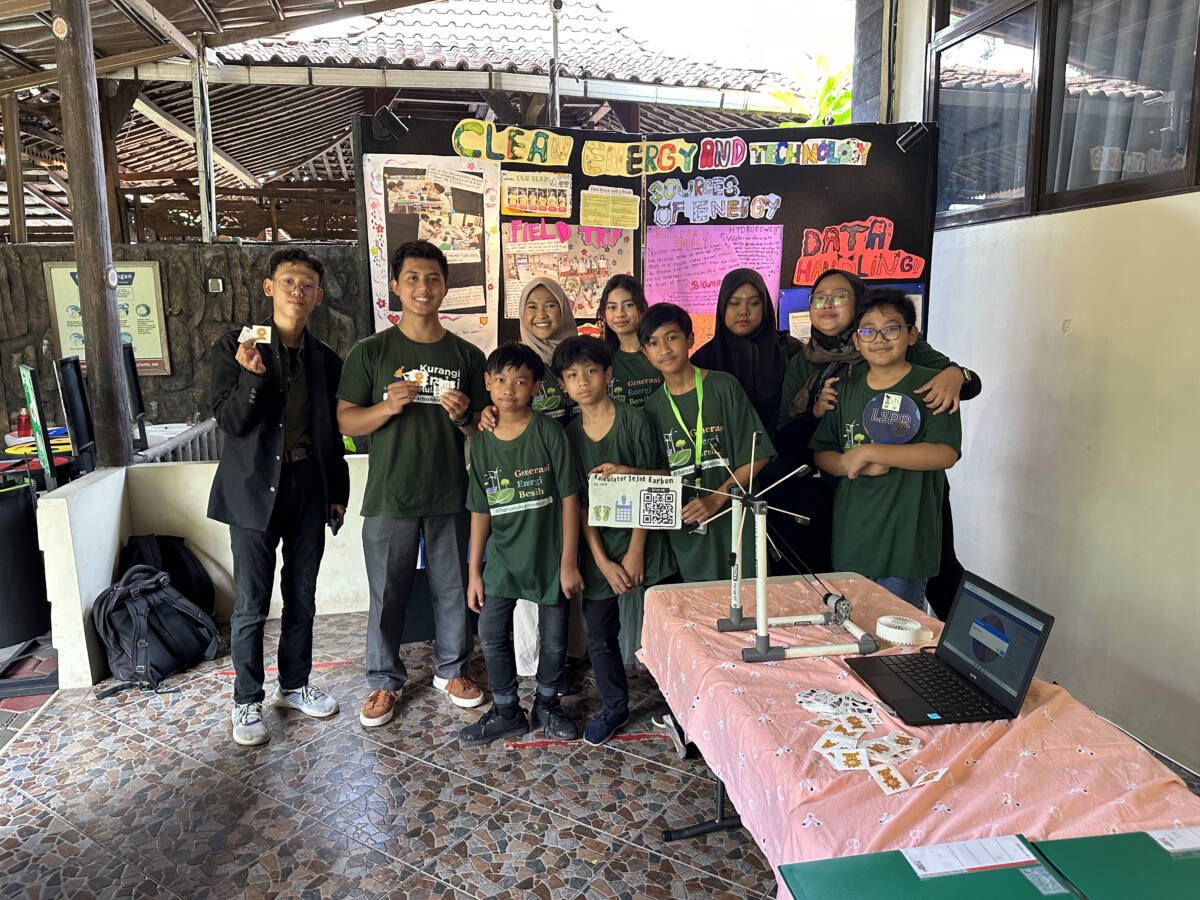As a human being, we want to leave a legacy – a lasting impact for many years to come. Some want to leave in writings, song’s lyrics, or poems. Others want to leave their marks in technology development, new theories, and inventions. In the same way that we inherit values and principles from our predecessors, we also have an obligation to extend our reach to the next generation. To this Aristotle said: “children are the legacy we leave behind for the age we will not live to see”. That means, it is important to leave a positive mark for future generations.
There is a saying: “we do not inherit the earth from our ancestors; we borrow it from our children”. That implies, as we borrow this earth, we should return it in the same condition (or better) as it was lent to us. We ought to protect it and we must also teach the younger generation to do the same. Like how we keep our own house clean and safe, we also teach our children to do the same. Like how we started to act on mitigating climate change, we also need to teach children how to protect this planet.
Human have relied on fossil fuels for a long time. Since the Industrial Revolution, we started using a lot of coal to power machines, factories, and power plants. We also began using oil to power our transports and gas for cooking and generating electricity. However, to keep our earth cool and to mitigate climate change, we need to switch to better energy sources. We need to transition from fossil fuel to renewable energy.
Knowledge of this energy transition is not only for adult. Incorporating lessons on energy transition into early education not only benefits the child but also society as a whole. A generation that grows up with a strong understanding of renewable energy and environmental sustainability will be better equipped to face the challenges of climate change. They will be more likely to support and drive policies that promote renewable energy and responsible consumption.
Teaching children now will also prepare them to make informed (and hopefully environmentally friendly) decision as they are older. Children can also become advocates for changes. As they learn about the impact of energy choices on the environment, they begin to understand their role in a larger global context. This awareness can inspire innovative thinking and problem-solving skills that are crucial for developing sustainable solutions in the future. We can already see several youth-led movements in climate change mitigation and energy transition, like FridaysForFuture, Youth Climate Strike, The Plastic Free July Campaign, and Mock COP.
Parents strive to give their children the best education that they can, hoping they will have a brighter future. This is why good schools and universities are usually very popular. But essentially, a child learns many things just by being close to his parents and seeing what they are doing. Parents and the whole family must provide education and direction to develop the potential and nature of children. This is also the case in the education about climate change and energy transition.
Children are inherently curious and receptive to new concept. By teaching them about climate change and energy transition from the early age will cultivate deep-rooted environmental consciousness in them. Teaching children about climate change and energy transition will require the parents to also understand about this. Parents could not expect kids to change if they just tell them; they also have to set an example.
How to teach children about energy transition?
Teaching about climate change and energy transition can be done through stories. Stories are useful for explaining difficult concepts, such as climate change and energy transition. Stories foster interpersonal connections as well. When we hear stories, we frequently put ourselves in the shoes of the characters or try to experience their lives, even if they are extremely different from our own. Additionally, stories have a significant influence on our beliefs itself as well as our actions, attitudes, and values.
Imagine a family sitting together, reading a story about a small village that switched from using diesel generator to solar power or hydropower. The children in the story are excited to learn about the new technology and start their own projects to help their village become greener. Through this narrative, children can see the impact of renewable energy on a community and feel inspired to make similar changes in their own lives. This story not only educates but also empowers children to become active participants in the energy transition, helping to secure a sustainable future for generations to come.

